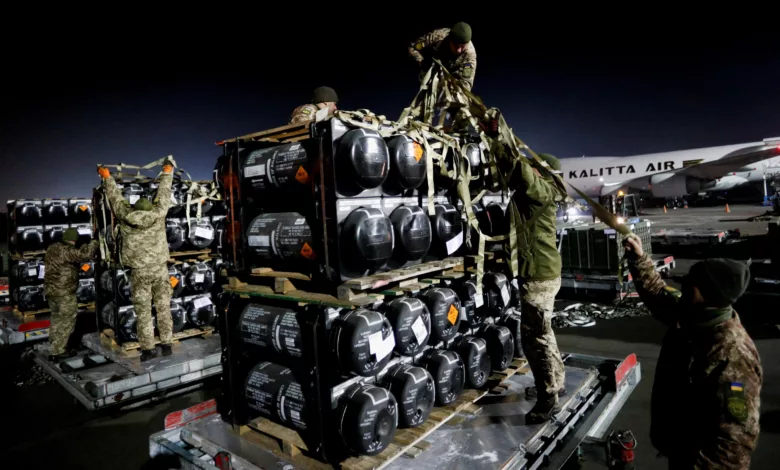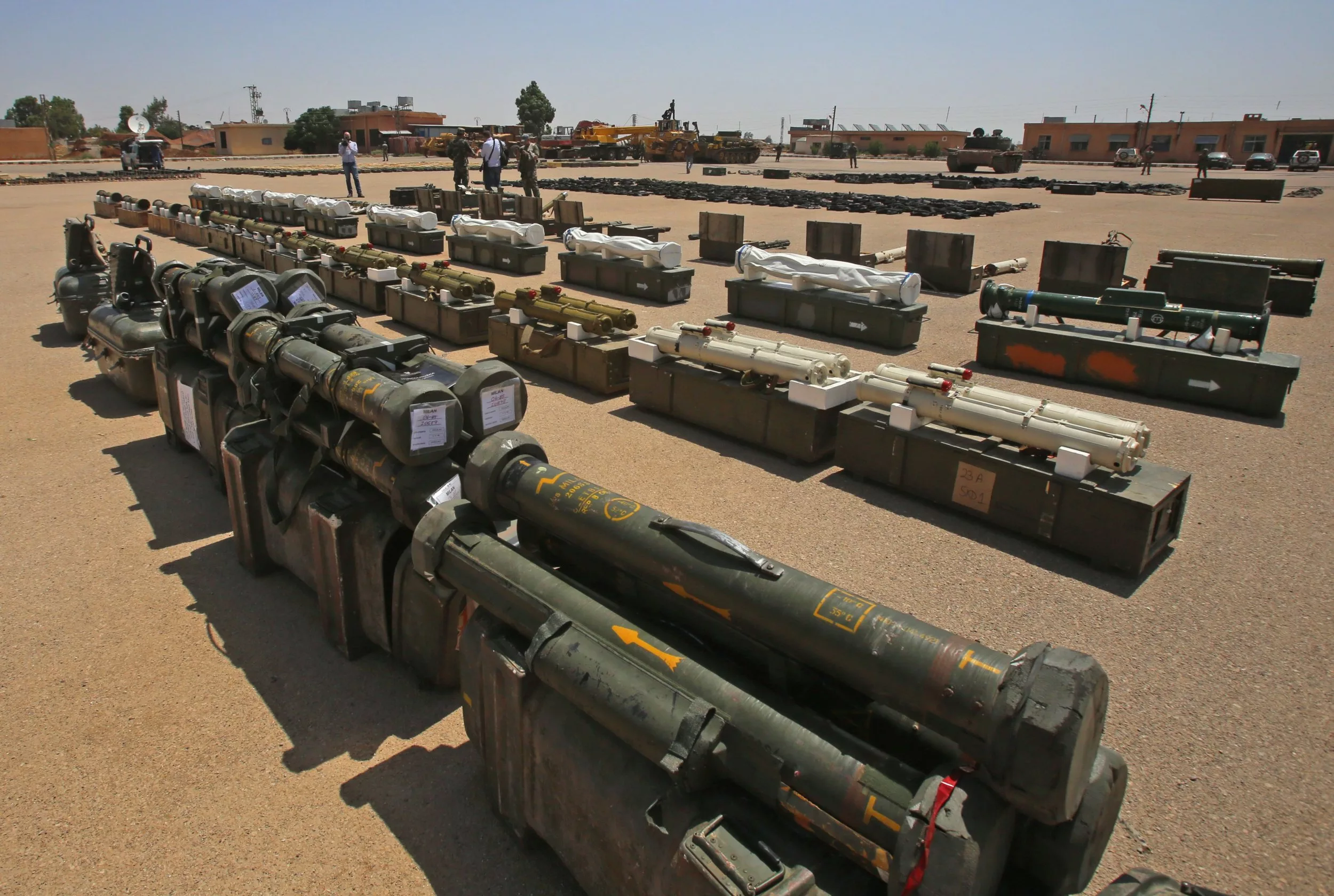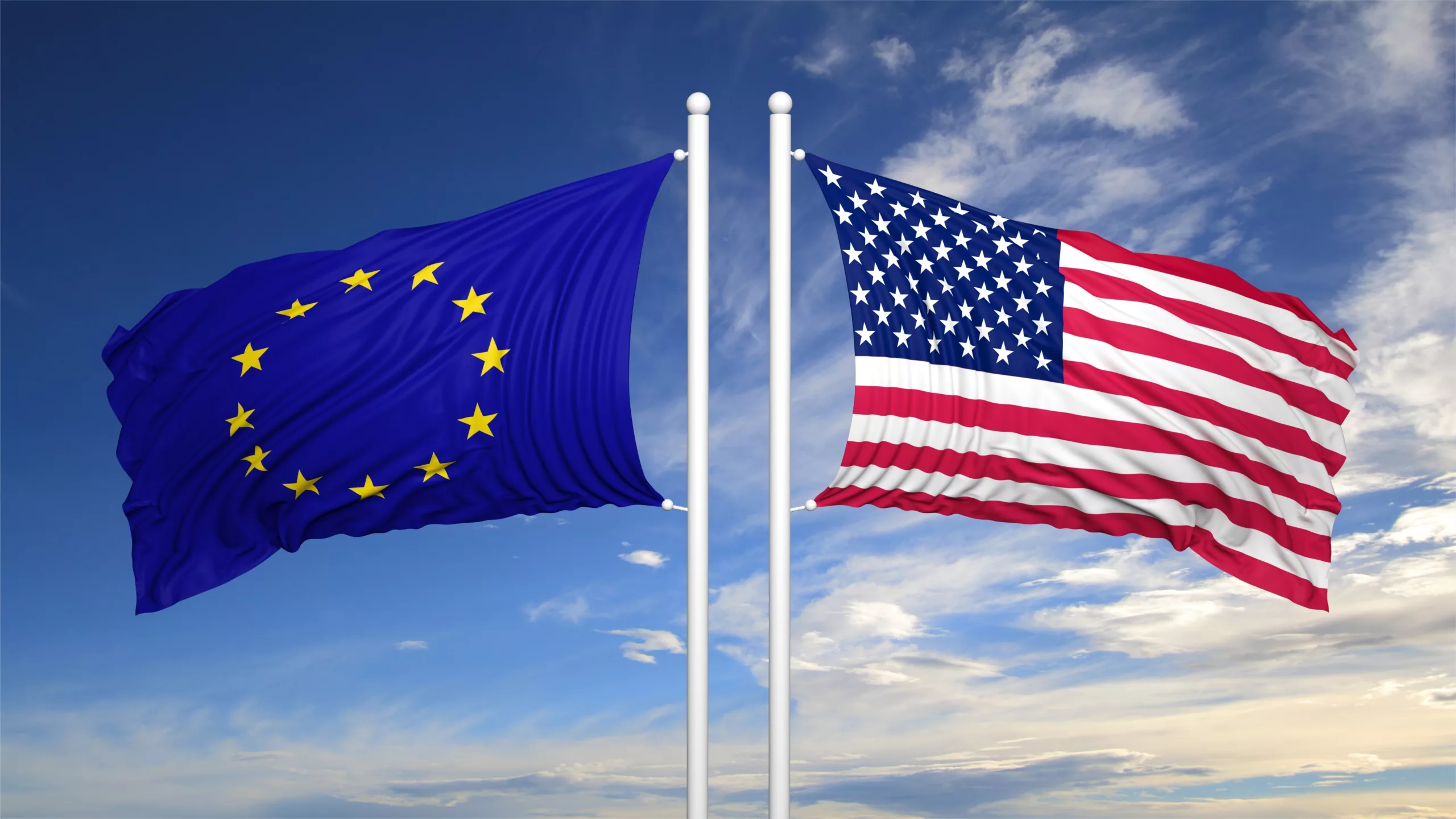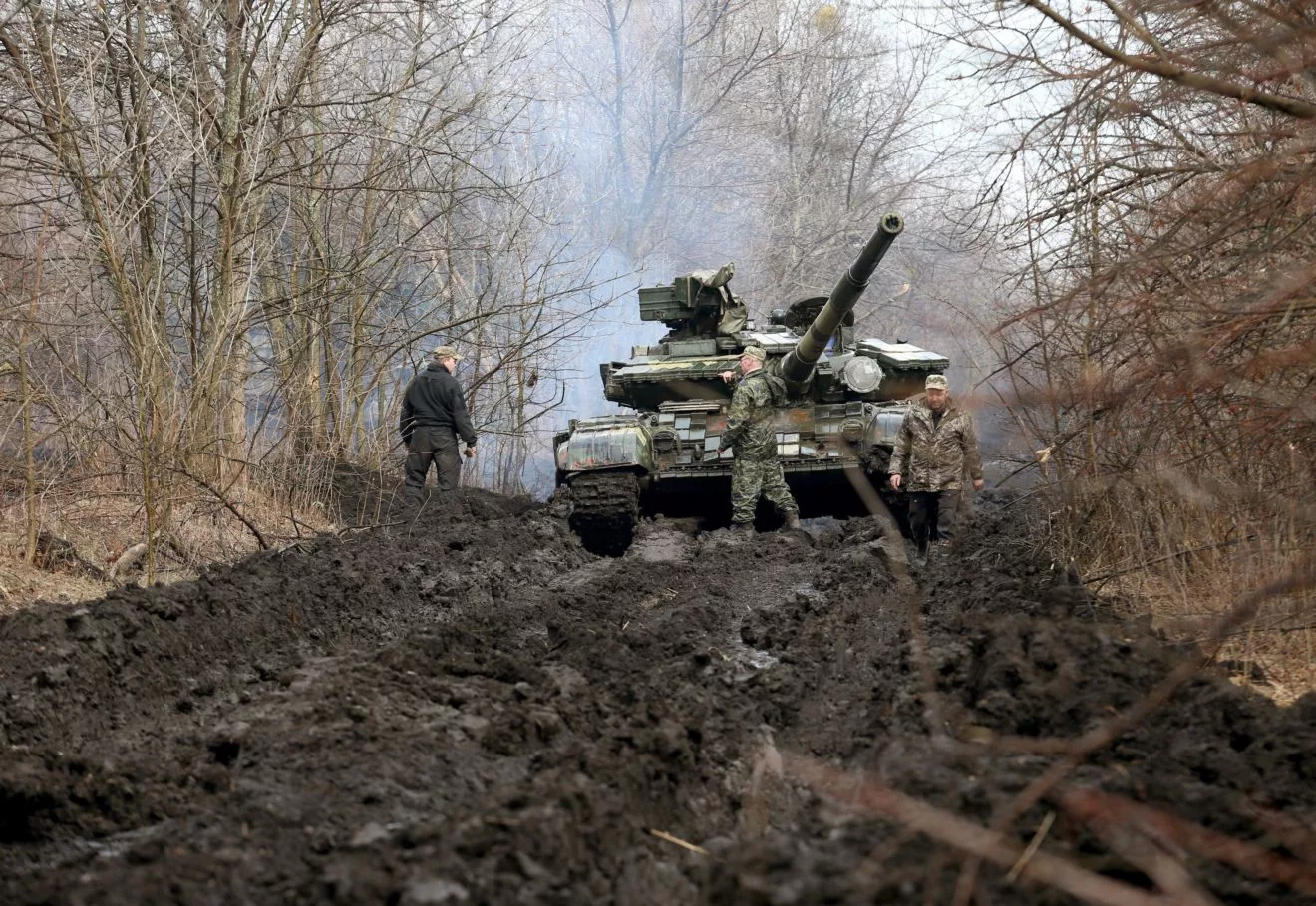Europe is gearing up for more arms in 2023; does it feel threatened by the Russian war on Ukraine?

The demand for European ammunition has been on the rise, and the business of war has become profitable. Europe has emerged to be the buyer of weapons. But why does Europe need weapons?
The invasion of Ukraine by Russia has threatened the European Union. The leaders are trying to improvise their military. Germany has spent a valuation of 100 billion USD to revamp its military. Conversely, Poland has decided to double its military spending this year. The United Kingdom has joined the bandwagon to do the same by 2030.
In the last year, the EU’s total spending on Defense accounted for 200 billion USD. It has taken place for the first time and has broken all the records.
Europe has emerged to be a critical military player in the world economy. The war in Ukraine has contributed to it, and defense spending will increase every year from now.
NATO is an organization that comprises 30 countries, and in a war between Ukraine and Russia, NATO will be the first responder and the sole line of defense for the European Union. If a war arises, NATO will have to take responsibility for defending Europe. Thus NATO is increasing the defense budgets, and eastern Europe is taking responsibility, including countries like Poland, Lithuania, and Estonia. They haven’t shared an accurate budget for the defense. But, the benchmark is attributed to 2 percent of the country’s GDP.
Why a sudden demand for weapons by the European Union?
The aim of Eastern Europe is that they want stronger NATO. They are pushing for it because they are on the frontline and are continuously threatened by Russia- the Ukraine invasion.
The Russian war has caused a risk in the European Union. Poland shares a border with Ukraine. Thus, active deterrence is optimal to take control of the situation.
Furthermore, the war has consumed ammunition, with the countries firing more than 5000 artillery rounds every day. The value has been compared to the number of ammunition that takes place in a year around Europe.
The massive shift in the war resulted in a chain of shortages in Europe. The Defense manufacturers are struggling to replenish the weapons and provide them to Ukraine at the same time.

The war continued for a year, testing Europe’s industrial capacity to meet the ammunition demands.
The chief executive of Norway’s Nammo deals with the manufacture of ammunition and shoulder-fired weapons, has stated that it has turned out to be a war about the industrial capacity.
Problems have surged further because of other bottlenecks, like Covid 19 pandemic and a shortage of crucial raw materials for the manufacture of certain explosives. This, in turn, has become a shortcoming to increasing the output.
In addition, he has stated that the increasing demands for components have increased the delivery time from months to years.
There is constant pressure for raw materials, chemicals for explosives, metals, and plastics for fuses and castings of other weapons.
Many companies have increased their production because of orders from the national government and are increasing their workforce.
Germany’s largest defense industry has stated that it will build a new explosive factory in Hungary in collaboration with the government to address the shortage of arms.
EU joins hands with the U.S. to gather ammunition:

Europe is leaving no options unturned to gather weapons. The U.S. is the largest manufacturer of weapons, making bids while the European leaders negotiate. Twenty-four deals are aligned in the line, and if the negotiations are successful, it will lead to the acquisition of weapons worth 28 billion USD.
Currently, the discussions are at the initial stage, and every agreement will need permission from the U.S. Congress.
Germany wants to buy F-35 jets, Poland has sought 250 M1 Abrams Tank, the U.K. has negotiated for a ballistic missile defense radar, and Spain wants MH-60R Helicopters. At the same time, European manufacturers have looked out for a giant chain of businesses.
Five companies can gain businesses from the distribution of weapons. The companies, including Airbus, Leonardo, and Indra, are involved in more than half of the European defense projects and constitute 75 percent of the total funding awarded by the EDIDP.
Recently, Poland signed for South Korean tanks and Howitzers for 5.8 billion USD.
Europe’s needs for weapons are diverse. This means that it can be a profitable business for all the weapon manufacturers, followed by the presence of the underground market. It has become active after the start of the war and has been making amounts of fortune.

When the war first broke out in February, Kyiv was in constant search for arms. European private dealers saw an opportunity, and the prices of the weapons skyrocketed.
Wrap Up:
EU is now gearing up to become the new hotspot for arms and ports, but the consequences are risky, given in America. America’s exit from Afghanistan has resulted in all their weapons coming into the hands of the Taliban. If the same situation happens, it will change the demography of the world. Thus, Brussels has to check where the weapons are going.
Edited by Prakriti Arora




